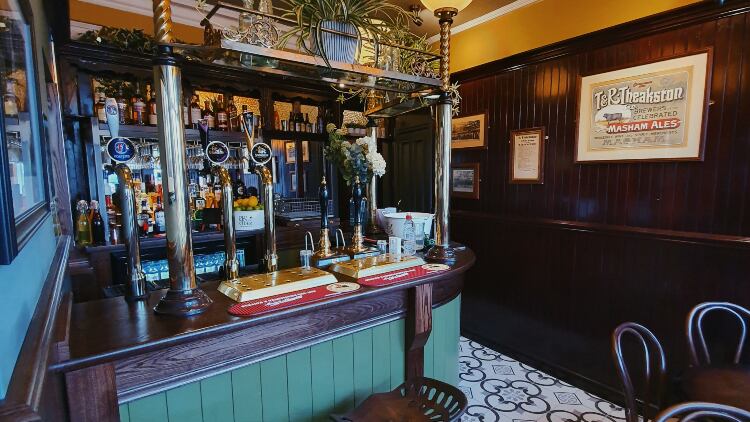According to MCA’s exclusive UK Eating Out Market Report 2019, the eating-out sector is poised to grow by £5.5bn in the next three years, with pubs accounting for the lion’s share.
Findings revealed that pubs are expected to take a £1.5bn portion of the total forecast growth – more than double that of the next largest sector, branded restaurants, which is expected to account for £0.7bn.
Discussing the pub sector’s position within the eating-out market, Katie Prowse, insight manager at MCA Insight, explained: “Assuming an orderly Brexit, we forecast pubs to take over a quarter of the £5.5bn growth prize over the next three years.
“Managed, branded and franchised pubs will benefit from significant further physical expansion and its multiple growth drivers across more craft and premium beverages, improved food offers, growing accommodation focus, all-day and enduring value for money strengths.”
Demand for convenience
While MCA’s research makes positive reading for the pub sector, the UK Eating Out Market Report 2019 revealed that the overall eating and drinking-out market is to witness its slowest rate of growth in seven years in 2019 – climbing by just 1.3% to £91bn.
The report found that retail, travel and leisure is the market’s fastest growing sector, and is expected to grow by 3% this year while hotels, pubs and restaurants are forecast to grow by just 0.9% to £66.5bn this year.
What’s more, while average consumer spend has risen by 2% according to MCA, this is being driven by menu price inflation, with visit frequency falling by 1% overall and 4.5% at lunchtime. This suggests that consumers are becoming more selective about how and where they spend their money.
Prowse added: “Declining visit frequencies, rising promotion usage and the growth of home delivery are the key reasons for a slowing eating-out market.
“However, the growth of the retail, travel and leisure market highlights a growing demand for more convenient solutions at affordable prices.
“Strong growth in certain channels indicates that opportunities for success are there for operators, but several basics must be consistently executed first, not least high-quality product, efficient service and a good store environment.”




